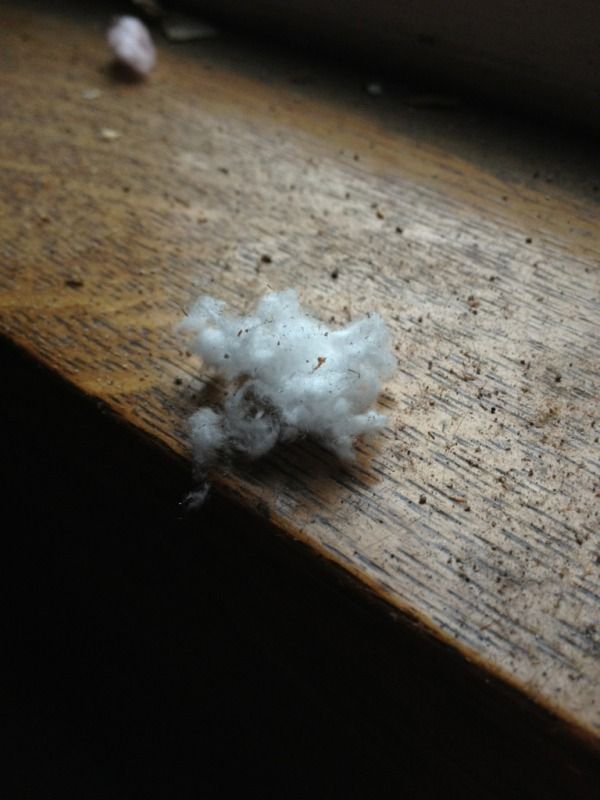Vermiculite
Typical vermiculite insulation; click to view larger version of image
EPA Action in Libby, Montana
EPA Region 8 has been working closely with the Libby community to clean up contamination and reduce risks to human health.
Additional Resources
Learn more about vermiculite:
Vermiculite Insulation Fact Sheet | en español (PDF) (5 pp, 126K, about PDF)
Protect Your Family from Asbestos-Contaminated Vermiculite Insulation
Vermiculite is a naturally occurring mineral composed of shiny flakes, resembling mica. When heated to a high temperature, flakes of vermiculite expand as much as 8-30 times their original size. The expanded vermiculite is a light-weight, fire-resistant, and odorless material and has been used in numerous products, including insulation for attics and walls. Sizes of vermiculite products range from very fine particles to large (coarse) pieces nearly an inch long. A mine near Libby, Montana, was the source of over 70 percent of all vermiculite sold in the U.S. from 1919 to 1990. There was also a deposit of asbestos at that mine, so the vermiculite from Libby was contaminated with asbestos. Vermiculite from Libby was used in the majority of vermiculite insulation in the U.S. and was often sold under the brand name Zonolite.
If you have vermiculite insulation in your home, you should assume this material may be contaminated with asbestos and be aware of steps you can take to protect yourself and your family from exposure to asbestos. This Web page provides important information on how to protect yourself and your family if you suspect that you might have vermiculite insulation from Libby, Montana.
Read EPA's fact sheet about how to protect your family from asbestos-contaminated vermiculite insulation | en español (PDF) (5 pp, 126K, about PDF).


